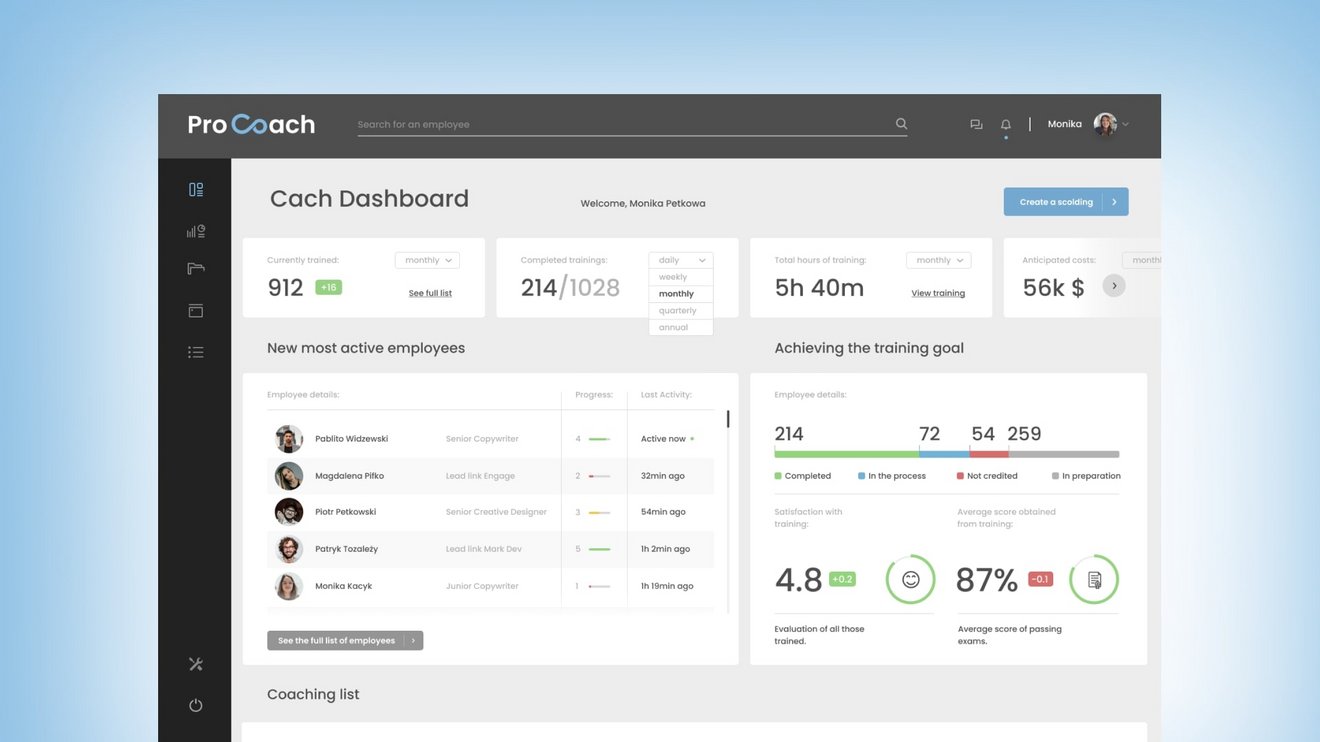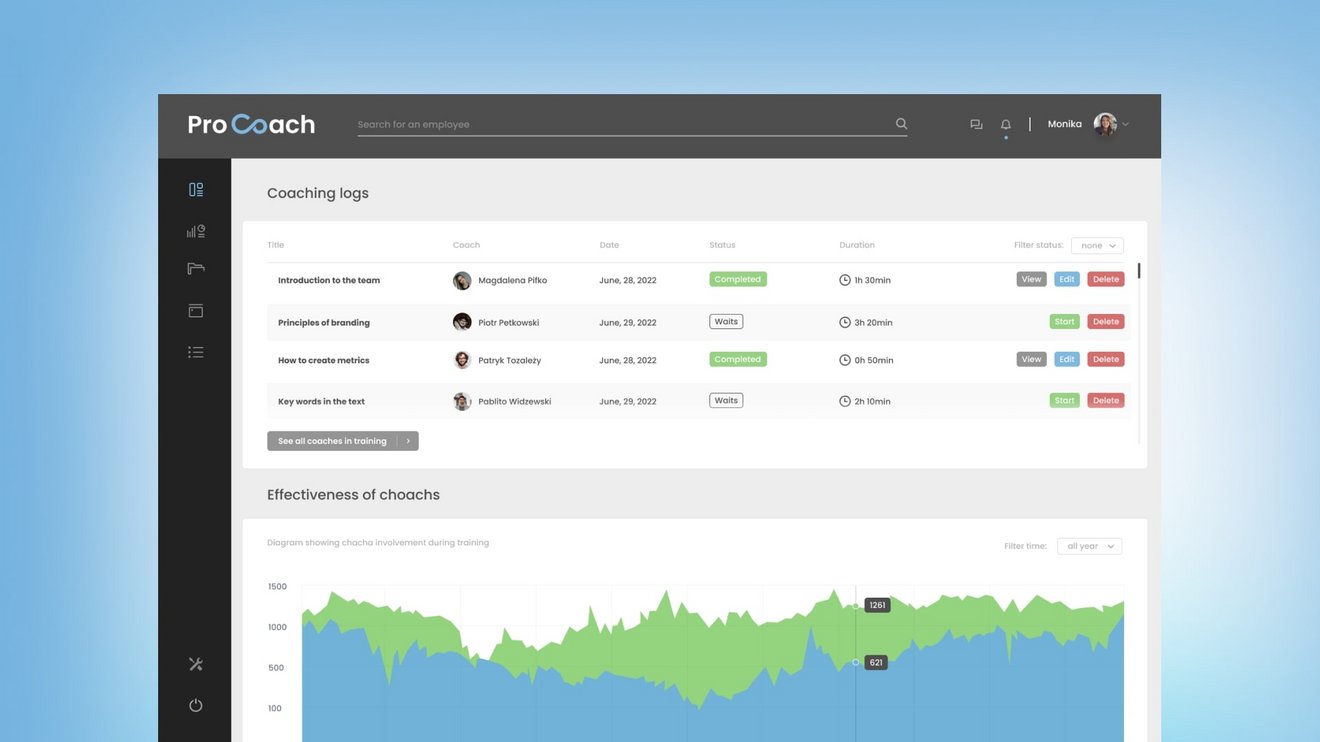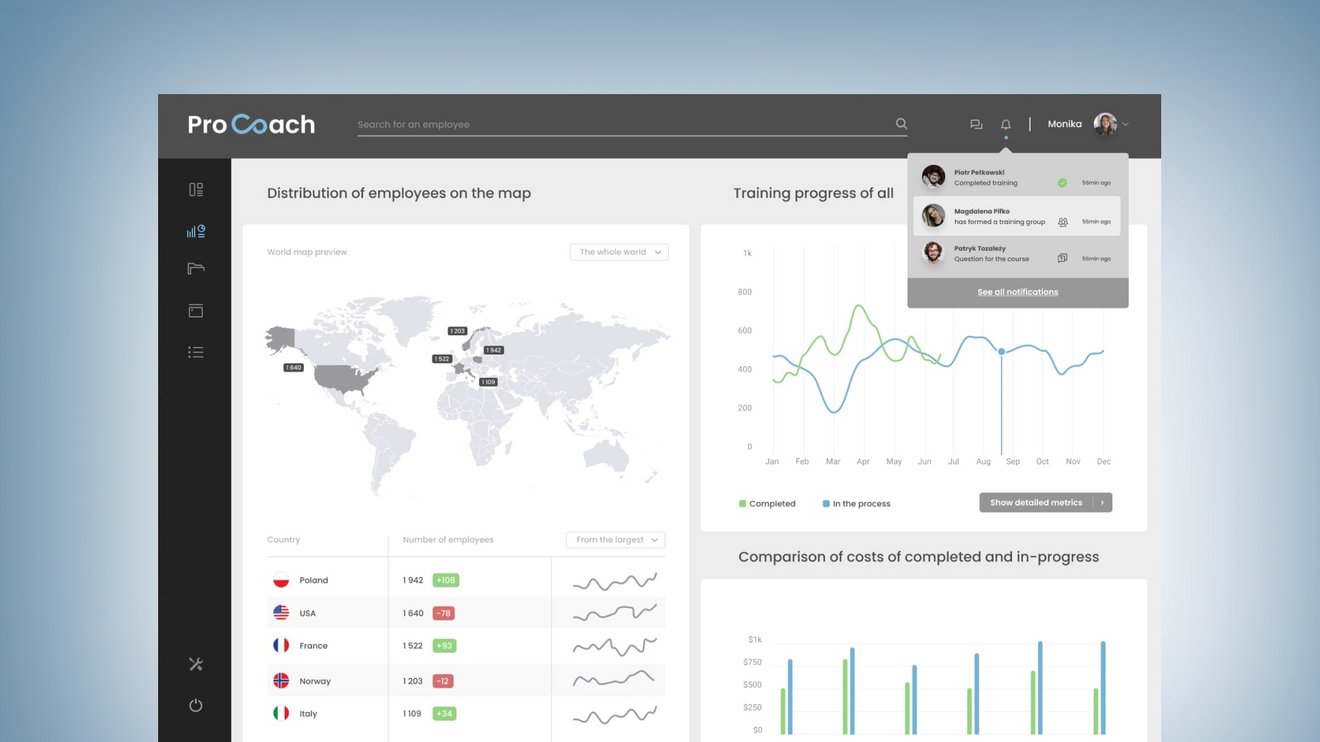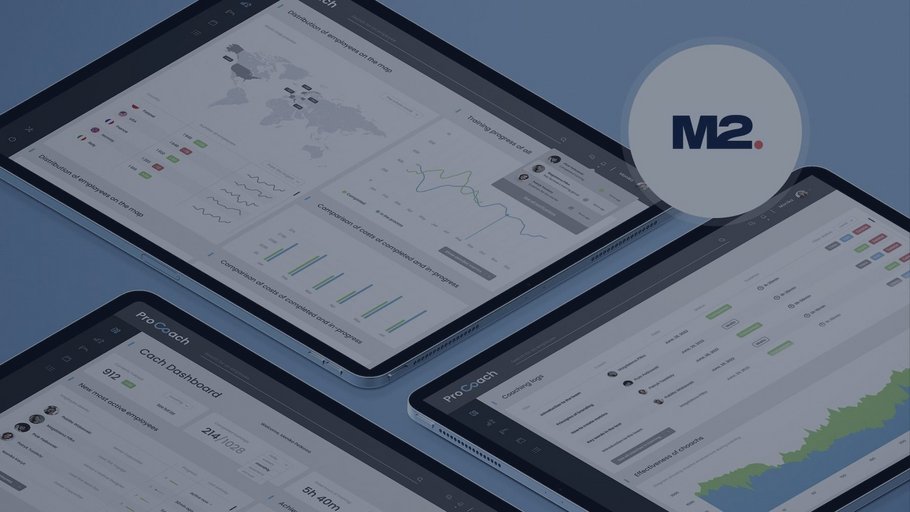
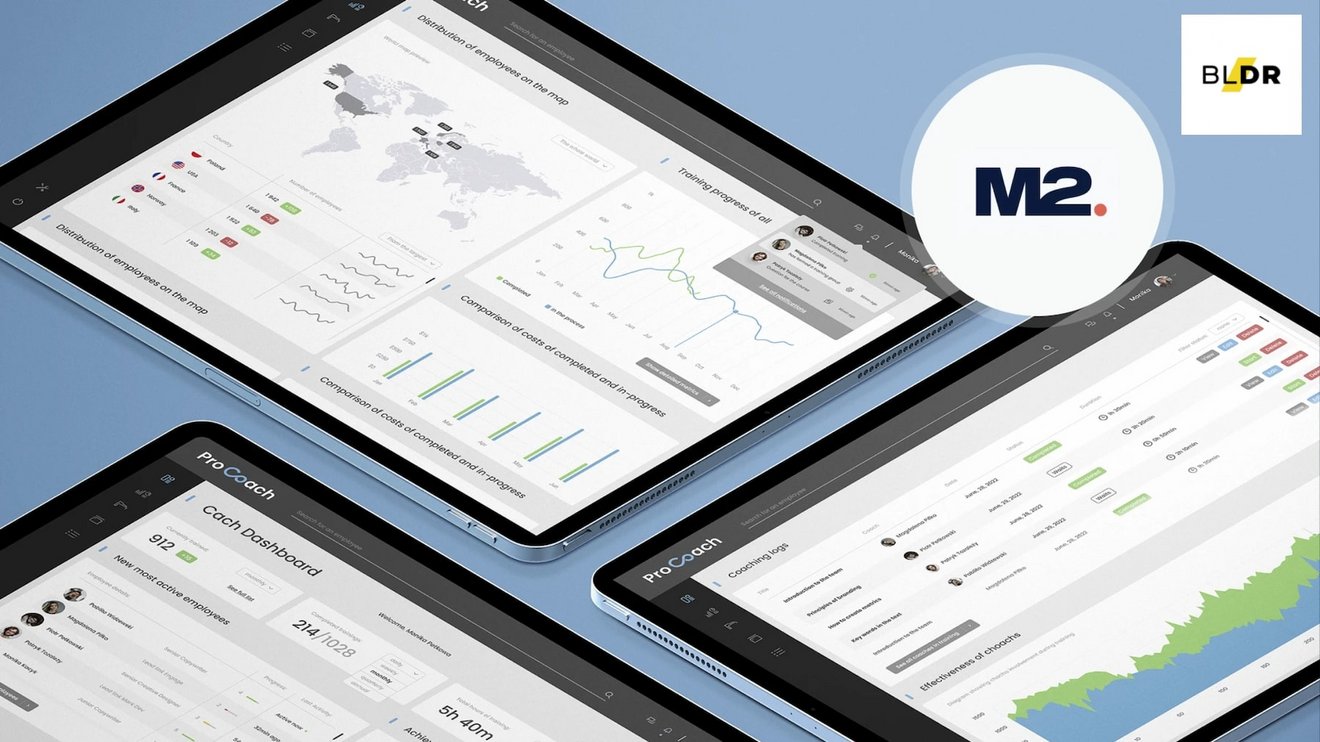
Every larger company usually has extensive continuing education and training needs for its employees. The larger the company, the more time and effort is often required by HR and training departments to plan, organize and deliver the various trainings - and keep participants happy in the process.
Together with Boldare we co-created this case study to present how you can automate and significantly reduce these efforts using an internal application.
About Boldare: Boldare are digital product creators & consultants. The company has over 200+ talented problem solvers that have delivered more than 300 digital products to their clients globally. Boldare has been widely acknowledged for its digital products, winning, among others, Lovie and Webby Awards, a German Design Award, multiple Awwwards honors, an Indigo Award, and many more.
The Client
Our client was a European media company that has several thousands of employees. It owns multiple newspapers and magazines and distributes various titles as print and online versions internationally.
Disclaimer: All the information of the Client is protected by the NDA agreement therefore some data that could be used to identify the company were changed.
Initial situation
In the context of the digitization of the media market, the company has faced major challenges in recent years that needed to be resolved. Production and communication processes were digitized, and products also had to be adapted to the requirements of an increasingly digitized buyer base.
For the thousands of employees this meant and still means that they have to undergo regular further training or reorient themselves professionally. The company offers them numerous training courses, workshops, and retraining programs to ensure the digital expertise of all employees in the company.
The challenge
The organization of this training operation is based in the company's central HR department. Here, around 400 courses, training sessions and training courses have to be planned, coordinated and carried out every year. Organizing the trainings involves a multitude of tasks that are only performed by a few team members.
For example, dates have to be set and appropriate trainers have to be found. The training offers have to be communicated and distributed within the company. Cancellations and requests for changes in dates must be processed and alternatives offered. Training documents, certificates and other material must also be sent to the participants before or after the training.
All of these activities are carried out by a team of five, that has to process most of the work manually and under significant time pressure. It's the "Training Organization" team's job.
In the coordination between trainers, participants and organizers, discrepancies and unnecessary additional work occur because the team worked with outdated infrastructures and predominantly manually oriented processes. The stress level for the team was correspondingly high, satisfaction was low. The quality of the training offering suffered from these shortcomings, as a large part of the time is spent on training organization instead of developing the training offering qualitatively and taking current trends into account.
Requirements and goals
The head of the team, Monica, has realized that something has to change. She wanted to automate manual processes to a large extent in order to reduce the susceptibility to errors and lower the potential stress for her team. Monica was certain that many of the things team members did manually - training registrations, sending out registration confirmations, checking course workloads, changing course participants - could also be automated.
The main business goal was to change the staff focus required to organize training operations and create capacity for the team so that team members can work primarily on training content and quality instead of schedule coordination and training organization.
The solution
Two digital service providing companies, Boldare and M2, have joined forces and developed a solution for greatly reducing the effort required to organize training operations described at the beginning of this article by introducing a training app. The app was named ProCoach.
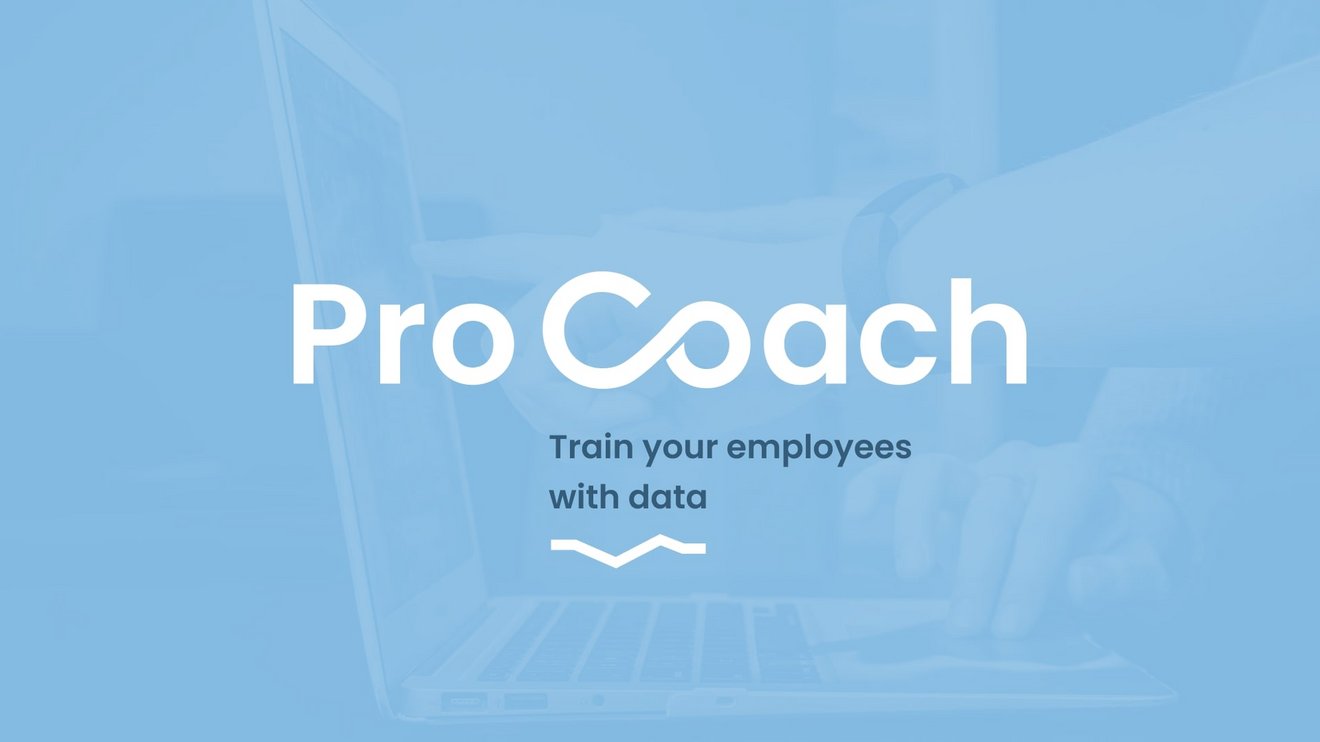
The goal of introducing such an application was to organize the entire organization and communication process via standardized forms, automated e-mail communication and real-time analyses.
All course offers should be presented to the training participants via an intuitive interface, where corresponding parameters can be selected: course, time, language, location and other relevant information. Participants should be able to see automatically which courses are still available. Once they have registered, they will receive a confirmation email and will be reminded several times in the run-up to the course. After the course, participants can provide feedback and receive relevant documents or certificates of attendance.
The training organizers should be able to see via dashboards what the progress of the respective courses is, which schedule changes and cancellations have to be complained about and how the individual trainers are rated by the course participants. They shouldn't have to do any intensive research for this - the data should come directly from the app.
The implementation
The development was conducted by Boldare.
It started with a product discovery process – it’s a series of face to face meetings with all involved parties, including M2. The goal was to kick off the collaboration and most importantly, to understand the business problems the “Training Organization” team faced. The product discovery process involves multiple interviews conducted with the company’s employees and stakeholders to map the pain points described above.
The app development team we involved consisted of:
- 1 front end developer
- 2 back end developer
- A product designer
- A scrum master
- A devops engineer for the first and the last sprint
The Boldare team, as every Boldare’s team, was working in Scrum.
The M2 team supported the entire process on the topic of data analysis and data visualization. M2 always approaches the analysis and evaluation of data-driven projects using its self-developed, standardized data value chain. This is because two prerequisites are essential for the successful establishment of data-driven projects: on the one hand, the fast, interactive and appealing visualization of corporate data and, on the other hand, the efficient publication of the results on a next-generation BI platform.
Along the data value chain, therefore, certain steps are defined, which are analyzed and coordinated together with the customer in the right sequence. At the end of this process, there is a concrete effort estimate and a project plan.
The following steps are discussed in detail:
- Insights & Decisions
- Analytics & Reporting
- Data Hub
- Data Science
- Data Prep & Integration
- Data Sources
During the product discovery process the technical side of the product, target persons, potential integrations and finally a first backlog and its prioritization were decided. Then, a product roadmap that helped to prioritize work and give visibility to the stakeholders was created.
The main hypothesis we wanted to validate was concluded in the business goal: by creating an MVP app we will significantly reduce time that staff need to spend on training organizations, and by this, we will create more capacity for the team members to improve the contents and quality of the training programs.
The technical stack involved React in the front end, Contentful CMS, that we used to upload tutorial content, and NestJS and PostgresQL for the backend. We implemented our Tableau solutions and were committed to the technical and design side of the product. While we took over the custom Tableau implementation, Boldare's development team could focus almost solely on delivering the MVP app and validating the main business hypothesis.
During the entire process we were in touch with the user group that we set up at the beginning of the collaboration. In this case, it included the company's employees. We were systematically getting their feedback regarding each iteration we delivered to make sure improvements bring real value to the users.
Development lasted six weeks. fter the release, we appointed a product strategist to help the company with clarifying the next steps for the product, and help stakeholders with making further decisions regarding its development.
Results: the ProCoach training app in use
Today, the “ProCoach” has been actively in use by the company’s employees for 3 months.
The previously manual and error-prone processes can now be handled to a large extent via the "ProCoach" app. Most requests from participants are fielded via ready-made registration forms, stored information and appointment calendars. Through the collected data, the team also has the opportunity to evaluate the performance of the trainers, the utilization of the courses or the failure rates of the participants. Via an online-based, standardized reporting system, this information is available at any time.
The participants
For training participants, it is clear how and where they can register for their training. The interface of the ProCoach app provides them with all the information and a high degree of flexibility. For example, if they have registered for a course that they cannot attend later, they can simply cancel their participation via the app interface and select a new date.
They are automatically reminded when the course is taking place, what they need to bring to the course or what prior knowledge they require. They can also evaluate the course and trainer quickly and easily after the training.
The training program
The training programs benefit from the fact that the members of the “Training Organization” team have more time for content-related and quality issues. In addition, the introduction of the automated training app has reduced the need for personnel, so that costs have also been saved.
The entire training operation now functions in a more standardized, structured, reliable and faster way. Both training participants and training organizers benefit from having the time-consuming processes automated and carried out digitally by ProCoach.
Conclusion
The ProCoach app helps to reduce the time and costs involved in managing training and development activities and makes it possible to significantly streamline time-consuming, manual processes with high personnel requirements. The app helped to save €70. 000 monthly in capacity terms, which is the equivalent of approximately 2 FTE of human resources specialists. The capacity of two “Training Organization” team members released this way was used to focus them on training quality.
Do you have any questions about this article or about M2? Then please feel free to contact us at any time. We look forward to exchanging ideas with you.
Your M2 Team
Phone: +49 (0)30 20 89 87 010
info@m2dot.com
